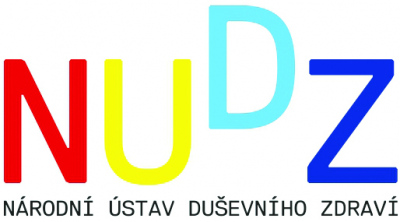Synthesis of Pyroglutamyl Peptides with NMDAR Activity
Technology description
| The name of the technology: | Synthesis of Pyroglutamyl Peptides with NMDAR Activity |
|---|---|
| Challenge: | Endogenous peptides, produced in the central nervous system (CNS), activate target proteins to exhibit various physiological actions associated with emotional behaviour, learning, pain response, food intake, metabolism, and many others. On relatively rare occasions, some of the peptides undergo post-translational pyroglutamylation. N-terminal pyroglutamate undergoes cyclization of an N-terminal glutamine residue, possibly by the enzyme glutaminyl cyclase. It was found that pyroGlu-Leu (pEL) and pyroGlu-Gln-Leu (pEQL) exert antidepressant-like effects in mice and stimulate neurogenesis. Pyroglutamyl peptides with antidepressant-like activity increased BrdU-positive cells in the dentate gyrus of the hippocampus, where antidepressants enhanced neuronal proliferation and neurogenesis. pEL did not activate BDNF coupled to both neuropoietic and antidepressant effects. It is known that an NMDA antagonist, ketamine, exhibits a fast-acting antidepressant-like activity via rapid BDNF synthesis. |
| Description: |
To assess the activity of these ligands at NMDARs (N-methyl-D-aspartate receptor), a docking study will be undertaken. Several structures (X-ray and cryo-EM) of NMDAr subtypes will be deposited in the pdb (e.g. 5B3J), which will open access to standard structural drug design techniques. Specifically, the ligands will be investigated in an induced fit docking study, using the Molecular Operating Environment software. Initial ligand placement will be at likely calculated binding sites (using AlphaShapes based site finder algorithm), the first refining using London dG scoring and a second placement refining using GBVI/WSA dG Scoring). The results of this docking procedure will be used to gain insight into the potential binding location on the NMDAr complex, into binding conformations of these ligands and possibly into conformational changes the ligands induce at the receptor, paving the way to further investigations of functional activity. First pyroglutamyl peptide candidate with potential antidepressant-like activity will be synthesized. Behavioural study will be conducted and NMDAr activity will be assessed according to the already published protocol by Mutlu et al. *BDNF = Brain-derived neurotrophic factor *BrdU-positive cell = Bromodeoxyuridine positive cell |
| Commercial opportunity: |
a) in silico computation, docking study b) synthesis of library of pyroglutamyl peptides |
| IP protection status: | N/A |
| Development status: |
Preclinical trials |
| Partnering strategy: | Collaboration investment licensing |
| More information: |
Kalivas et al. (1980), Thyrotropin-releasing hormone: neurogenesis of actions in the pentobarbital narcotized rat. Yamamoto et al. (2015), Antidepressant-like effect of food-derived pyroglutamyl peptides in mice. Molecular Operating Environment (MOE) 2019.01 (Chemical Computing Group ULC, Montreal, QC, Canada, 2019 Mutlu et al. (2019), Effects of adipokinetic hormone/red pigment-concentrating hormone family of peptides on MK-801 induced schizophrenia models in rats. |
| Images: | No picture inserted |
| Categories: | Research Tools Life Science and Health |
| Owner of a technology: | National Institute of Mental Health |
